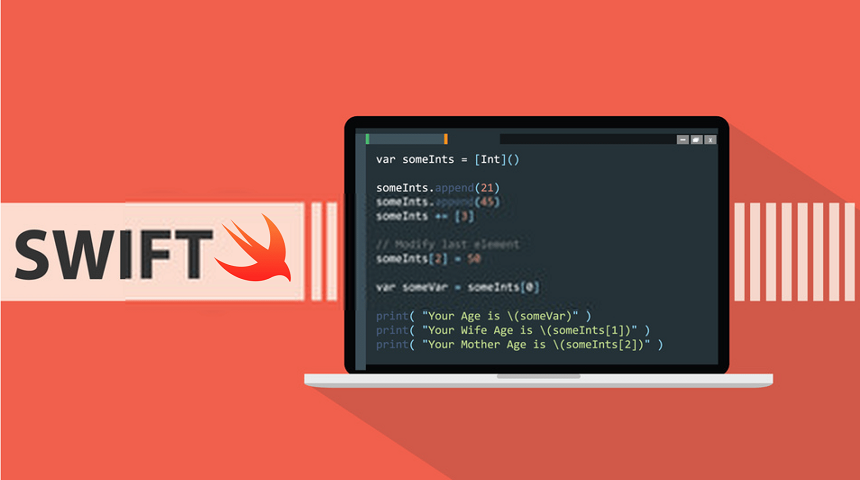
Free eBooks for Beginners
When you start developing software, you’ll soon discover that there are many algorithms out there that are designed to help you solve specific problems. Algorithms are like recipes for your code – they tell you what steps to follow in order to achieve a certain result. If you want to become a good software developer, it’s important to understand algorithms and how they work.
Swift, the programming language developed by Apple, has many built-in algorithms that you can use in your projects. If you’re just starting out with Swift, here are some algorithms that you can use to get started:
- Sorting Algorithms: Sorting algorithms are used to sort an array of data. You can sort arrays in ascending or descending order, and you can choose between different sorting algorithms such as bubble sort, quick sort, and merge sort.
- Searching Algorithms: Searching algorithms are used to find a specific item in an array. For example, you might use a linear search algorithm to find a specific item in an array, or a binary search algorithm to search for an item in a sorted array.
- Graph Algorithms: Graph algorithms are used to analyze relationships between different elements. For example, you might use a graph algorithm to find the shortest path between two nodes in a network.
- String Algorithms: String algorithms are used to manipulate strings of text. For example, you might use a string algorithm to find the longest common subsequence between two strings, or to find all the anagrams of a given word.
- Mathematical Algorithms: Mathematical algorithms are used to solve mathematical problems. For example, you might use a mathematical algorithm to find the greatest common divisor of two numbers, or to find the prime factors of a number.
When you’re working with algorithms in Swift, it’s important to choose the right algorithm for the job. Each algorithm has its own strengths and weaknesses, and choosing the right one can make a big difference in the performance and efficiency of your code.
It’s also important to understand how algorithms work so that you can debug them if necessary. This is especially true for algorithms that are complex or that involve a lot of data.
In conclusion, algorithms are a critical component of software development, and Swift provides many built-in algorithms that you can use in your projects. Whether you’re just starting out with Swift or you’re an experienced developer, learning about algorithms and how they work will help you write better, more efficient code.
Cookbook – SWIFT for Beginners – Chapter 47: Algorithms with Swift
 Loading...
Loading...
Disclaimer: The information and code presented within this recipe/tutorial is only for educational and coaching purposes for beginners and developers. Anyone can practice and apply the recipe/tutorial presented here, but the reader is taking full responsibility for his/her actions. The author (content curator) of this recipe (code / program) has made every effort to ensure the accuracy of the information was correct at time of publication. The author (content curator) does not assume and hereby disclaims any liability to any party for any loss, damage, or disruption caused by errors or omissions, whether such errors or omissions result from accident, negligence, or any other cause. The information presented here could also be found in public knowledge domains.